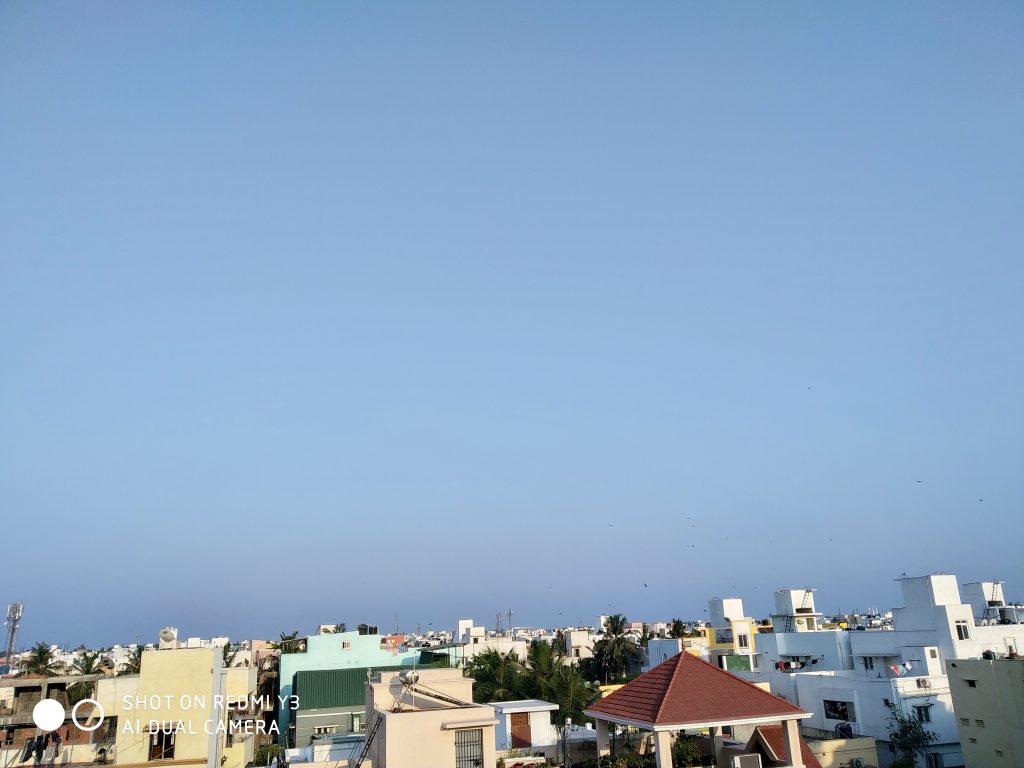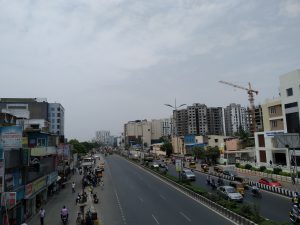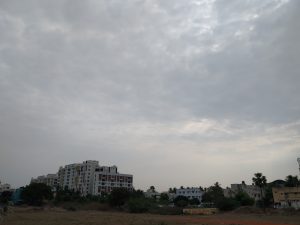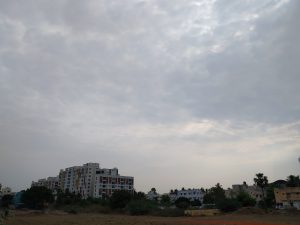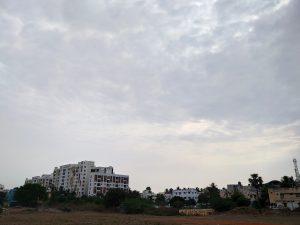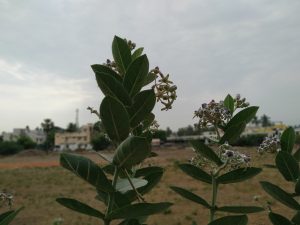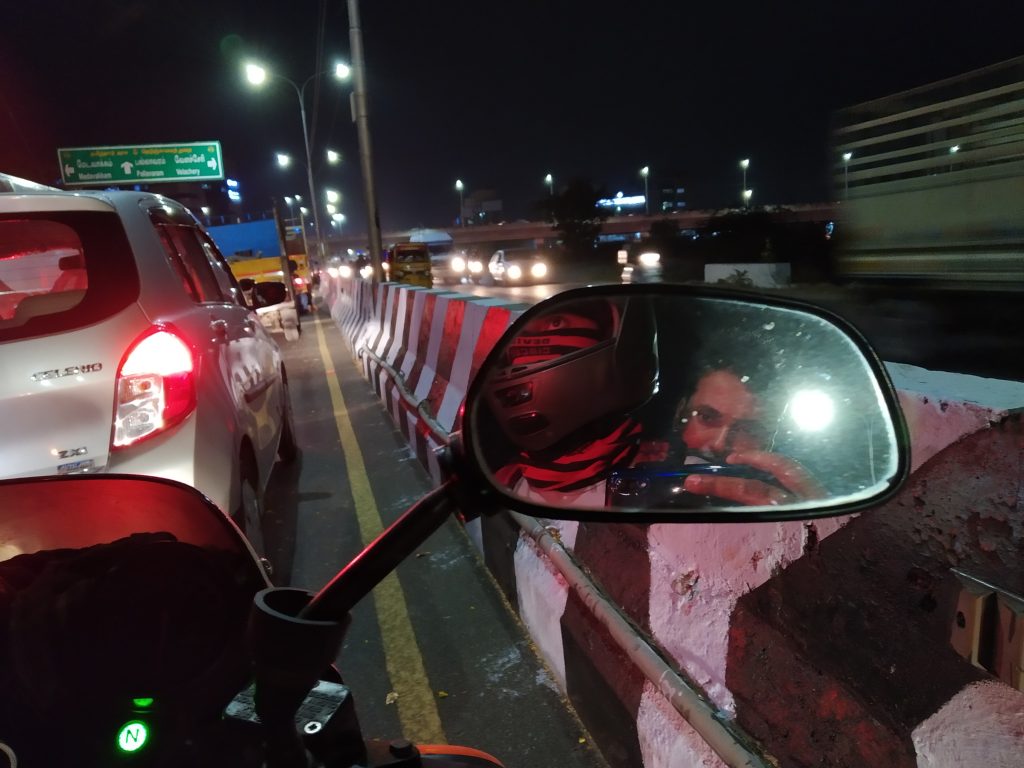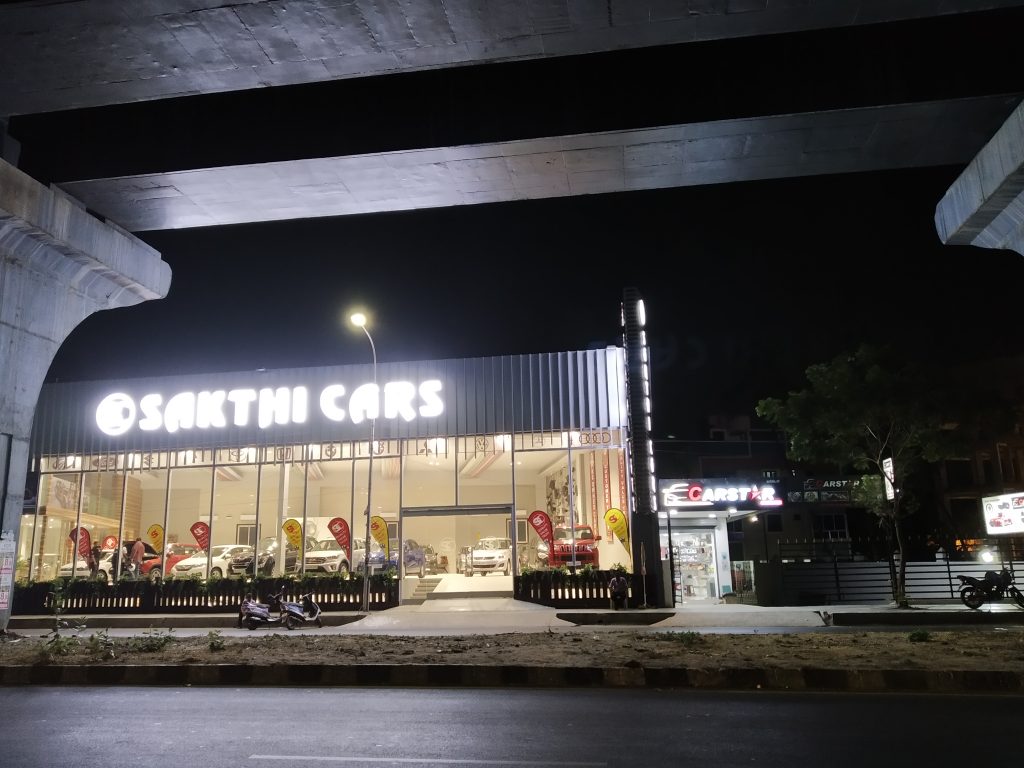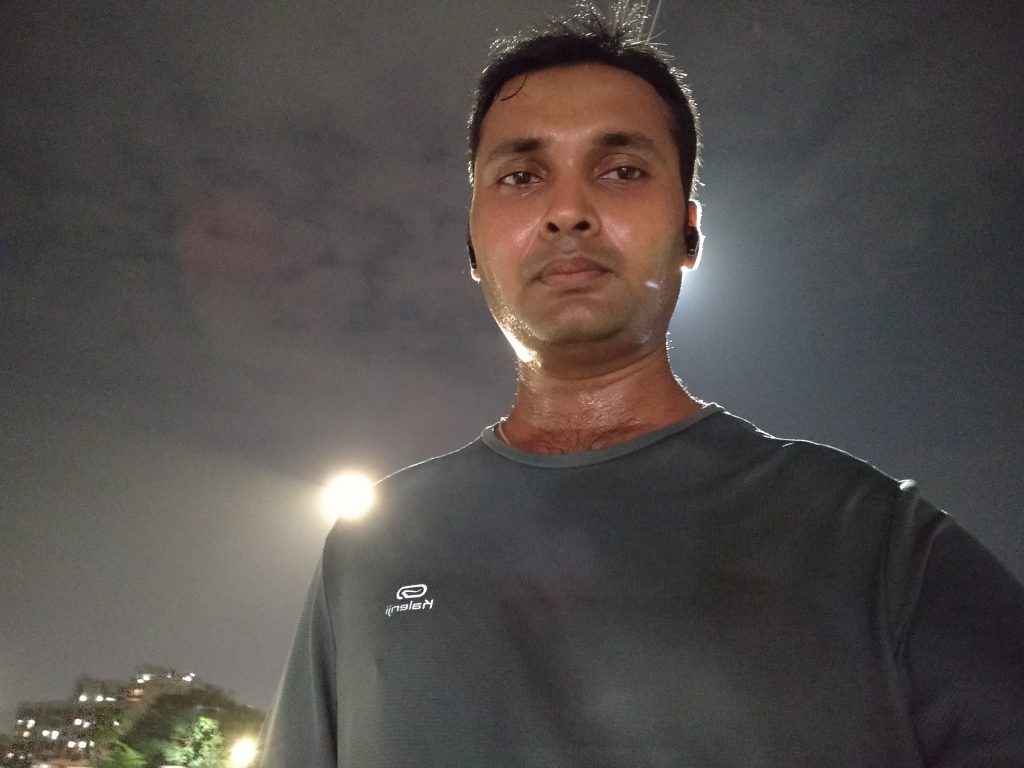
Xiaomi launched the Redmi Y3 selfie-focused smartphone last month, here we have the camera samples from the phone. The phone packs a 12-megapixel primary rear camera with single LED Flash, 1/2.8″ OmniVision OV12A10 sensor, 1.25um pixel size, f/2.2 aperture, PDAF, EIS along with a secondary 2-megapixel camera with OmniVision OV02A10 sensor to capture depth information in portrait shots. It has a 32-megapixel front-facing camera with 1/2.8″ Samsung S5KGD1 sensor, 0.8μm pixel size, f/2.25 aperture and 80-degree field of view (FOV).
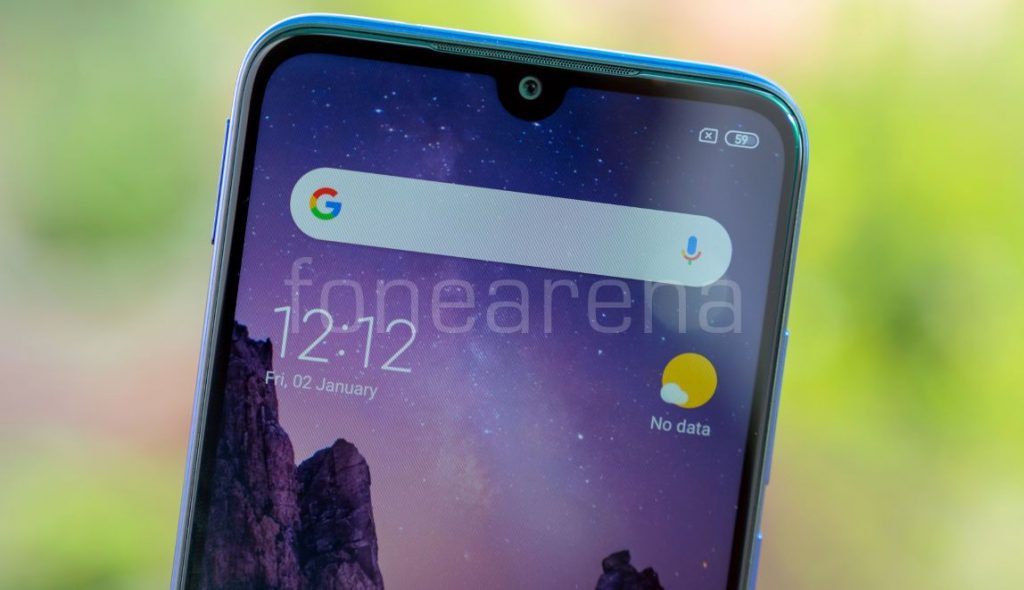
The camera UI is familiar with other Xiaomi smartphones running MIUI 10 that includes flash toggle, HDR, AI (that can detect 33 scene categories), color modes (Normal, Vivid, Film, Amour, Latte, Sun, Cookie, Calm, Soda, Gourmet, Glow, Berries, B&W and Fade) on the top. Pressing the menu option shows timer, tilt-shift, straighten, group selfie, Google lens and beautify (that can be adjusted from 1 to 5) options. There is a front camera toggle on the bottom along with option to select modes such as Short Video, Video, Photo, Portrait, Square, Panorama and Pro mode (to adjust white balance, shutter speed (1/1000s to 32 seconds) and ISO (0 to 3200)). Xiaomi has also added palm shutter to the phone that shoots an image after 3 seconds if you show the palm in front of the camera.
Coming to the image quality, daylight shots came well in bright conditions, for cloudy conditions you can enable AI, and it gets better if you enable HDR since it improves the dynamic range. Macro shots were good with good amount of details, and dual camera portrait shots came out well with decent edge detection. Low-light shots are decent, but most shots have noise. There is no separate low-light mode, so you have to enable AI and leave the phone to detect it. Images with flash are good, and it is not overpowering.
Coming to the front camera, the large sensor captures more details, offers good dynamic range, thanks to 4-in-1 Super Pixel technology that lets the camera’s sensor hardware combine 4 pixels into a single large pixel, which is good especially in low lighting conditions. Portrait for front camera uses software-based blur, and the edge detection is better compared to the Redmi Y2. You can enable 32MP mode on the top that offers a lot of details, but the images are about 20MB in size. AI beautify 4.0 enhances the image, and it focuses only on the face. It doesn’t have a selfie flash, and comes with screen flash, which is fine.
Check out the camera samples (Click the image to view the full resolution sample.)
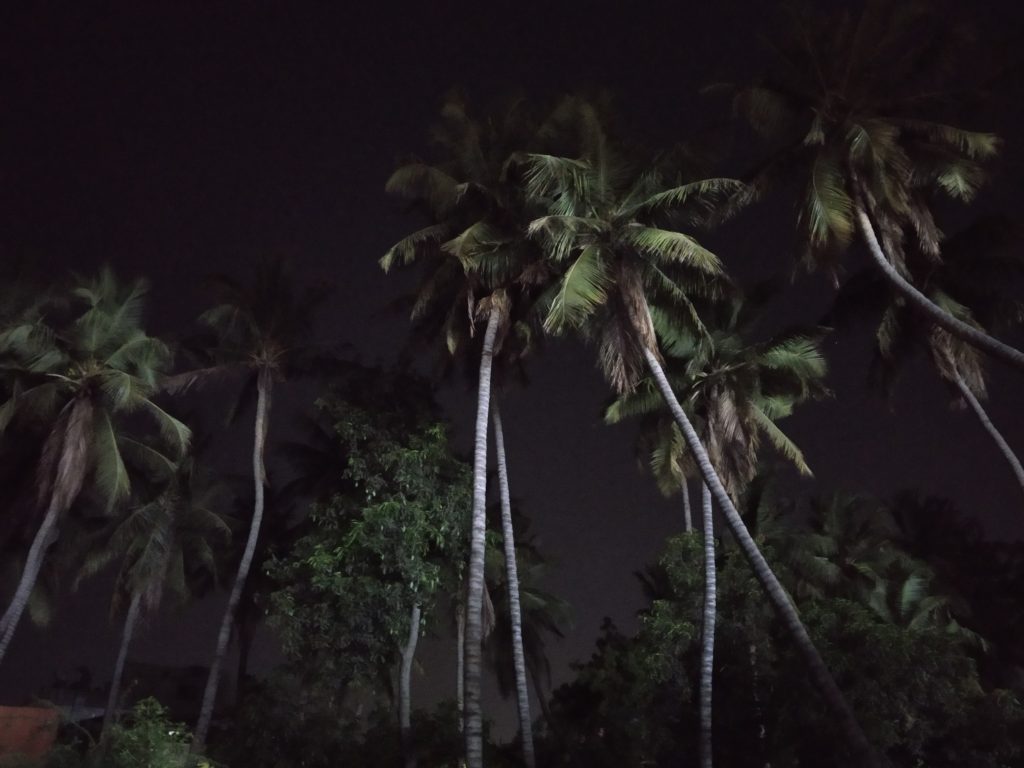
It can record videos at 1080p resolution at 30 fps. Even though it has 60 fps option, it still records at 30fps. The front camera also has 1080p 30 fps video recording. Check out the video sample below.
Check out the complete Redmi Y3 Review here.

